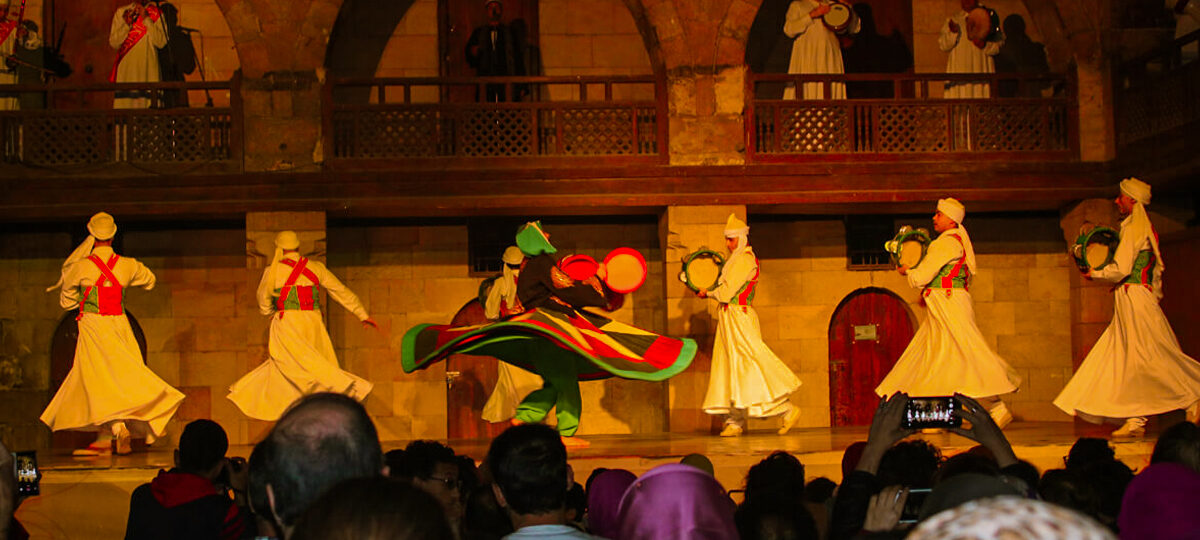El Ghorya
These buildings, which stand on either side of AL-Muizz Street and were built by Sultan Qansuh Al-Ghuri at the beginning of the 16th century, are a reminder of a more glorious time in Cairo’s history when the city’s architecture was on par with that of the great European capitals. In 1514, the Ottoman Empire defeated the Egyptian Mamluk army. This ended Al-reign Ghuri’s rule and marked the start of a time when Cairo’s political and economic power started to fall.
The Ghouriyya Complex is right south of Al-Azhar Street at the start of the part of Al-Muizz Street that goes south and leads to Bab Zuweila. On the east side of the road is the tomb that Al-Ghuri built for himself. Unfortunately, his body parts were lost in battle with the Ottomans and were never put back in his hometown.
On the west side, there is a madrassa-style mosque with one of Cairo’s tallest minarets. The ceiling of this building used to hold the biggest dome in the city, but it fell down often and was replaced with a simple flat wooden roof.

The building was made to be a unique place that can be used for many different things. In addition to the mosque and tomb, the complex had a free water system for the people (called a “sabil”), a place for administration, and a covered market, among other things. Even though parts of the old building have been destroyed, the Wikila Al-Ghuri, which is further east and past many modern buildings, still stands.
This building was once one of hundreds of covered markets in Cairo. It has been rebuilt to serve as a place for performances, as well as a place for artists to live and show their work. On the first floor, there were shops for merchants on the road. Apartments and storage were on the upper floors of the building. In the free Tannouri Show, which is open to the public every Saturday and Wednesday, you can watch whirling dervishes dance in a quiet way.

